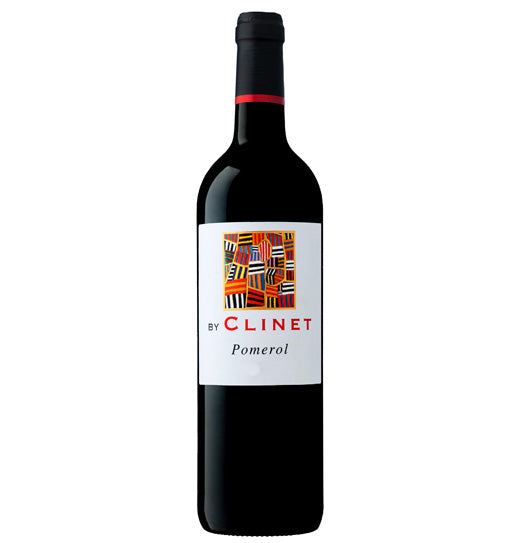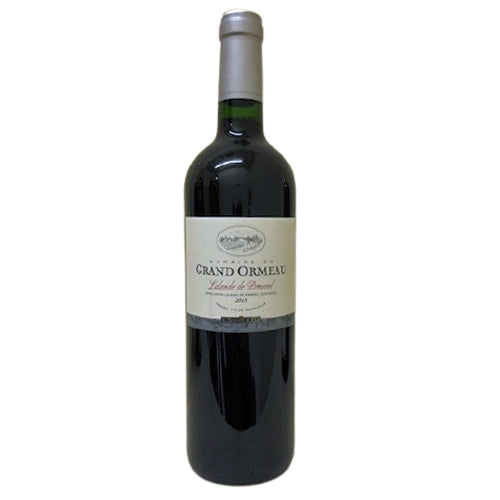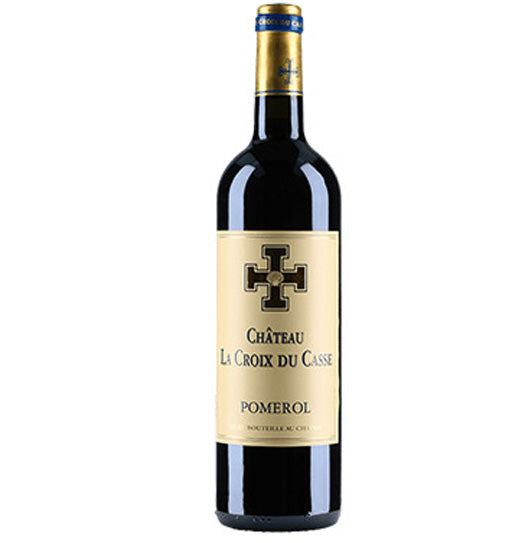Pomerol
Pomerol is a much-respected red wine appellation in the Bordeaux region of south-western France. Both historically and physically, it stands apart from other Bordeaux appellations. It does not conform to the accepted image of a Bordeaux wine district as being a wealthy, long-established, château-laden area, with an all-important (if slightly outdated) classification system. Pomerol is none of these things, yet has managed to earn itself a place among the world's most revered wine region.
Pomerol has no formalised wine classification system (as do the Médoc, Graves, Sauternes and Saint-Émilion), and has risen to its current glory in a relatively short space of time. While the appellation was barely acknowledged in the middle of the last century, wines like Petrus and Le Pin now command higher prices than those of the long-established Médoc.
Pomerol is located in the east of the Bordeaux region, near Saint-Émilion, in the area known as the Libournais. This name is taken from the town of Libourne, which sits just to the south of Pomerol. The landscape here is remarkable for being entirely unremarkable. While most appellations are named after a village or town within their boundaries, Pomerol has no such epicentre. It is an unchanging 2,000acre (800ha) gravel bank, which rises and falls by only 65ft (20m).
The south and west of the appellation have sandier soils compared to the slightly heavier soils in the east, which include a certain proportion of clay. It is in this eastern section, on the marginally higher land where Pomerol meets Saint-Émilion, that the best wines are produced. Three of the most highly regarded Pomerol producers – Châteaux Petrus, Lafleur and Le Pin – are located here.
Merlot is the dominant grape in Pomerol and plays a large part in making the wines rich, smooth and approachable at an early age. Cabernet Franc is also often present, adding structure and an element of savoury spice. There is a very high demand for this style of wine on the international market and Pomerol wines are much sought after – particularly because they are also relatively long-lived.
The prevalence of Merlot has its risks for Pomerol, as it does for neighbouring Saint-Émilion. Merlot is an early flowering variety and is susceptible to spring frosts. In the season of 1991, for example, spring frost damaged a large proportion of Pomerol's vines. Perversely, this only served to increase the market value, where demand already far outweighed supply.
Pomerol's place in the international wine world is secure for some time to come, given the continuing increase in demand for prestigious wines and the limited production of this small, quality-focused appellation.
Pomerol has no formalised wine classification system (as do the Médoc, Graves, Sauternes and Saint-Émilion), and has risen to its current glory in a relatively short space of time. While the appellation was barely acknowledged in the middle of the last century, wines like Petrus and Le Pin now command higher prices than those of the long-established Médoc.
Pomerol is located in the east of the Bordeaux region, near Saint-Émilion, in the area known as the Libournais. This name is taken from the town of Libourne, which sits just to the south of Pomerol. The landscape here is remarkable for being entirely unremarkable. While most appellations are named after a village or town within their boundaries, Pomerol has no such epicentre. It is an unchanging 2,000acre (800ha) gravel bank, which rises and falls by only 65ft (20m).
The south and west of the appellation have sandier soils compared to the slightly heavier soils in the east, which include a certain proportion of clay. It is in this eastern section, on the marginally higher land where Pomerol meets Saint-Émilion, that the best wines are produced. Three of the most highly regarded Pomerol producers – Châteaux Petrus, Lafleur and Le Pin – are located here.
Merlot is the dominant grape in Pomerol and plays a large part in making the wines rich, smooth and approachable at an early age. Cabernet Franc is also often present, adding structure and an element of savoury spice. There is a very high demand for this style of wine on the international market and Pomerol wines are much sought after – particularly because they are also relatively long-lived.
The prevalence of Merlot has its risks for Pomerol, as it does for neighbouring Saint-Émilion. Merlot is an early flowering variety and is susceptible to spring frosts. In the season of 1991, for example, spring frost damaged a large proportion of Pomerol's vines. Perversely, this only served to increase the market value, where demand already far outweighed supply.
Pomerol's place in the international wine world is secure for some time to come, given the continuing increase in demand for prestigious wines and the limited production of this small, quality-focused appellation.
-
 Sold out
£39.71
Sold out
£39.71"By Clinet" - Pomerol 2016
Gerrard SeelFrom the finest parcels of Pomerol and selected by Ronan Laborde, owner of Chateau Clinet, the wine is made with the same care and attention to de...
View full details -
 Sold out
£22.49
Sold out
£22.49Domaine du Grand Ormeau - Lalande de Pomerol 2015
petits chateaux bordeauxA wine of great sophistication from the Garde family that is now in the 5th generation. With 80% of Merlot and the balance evenly split between Cab...
View full details -
 Sale
£41.92
Sale
£41.92Chateau la Croix du Casse - Pomerol 2019
petits chateaux bordeauxThis is a chateau that we fell in love with many years ago when it was the sister chateau to Clinet in the days of Jean Michel Arcaute. Today it is...
View full details
Sort by



